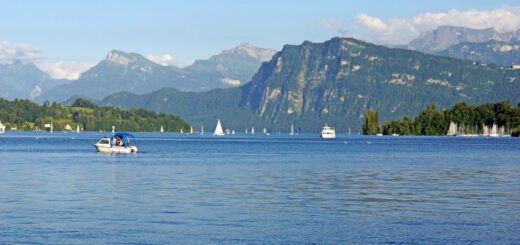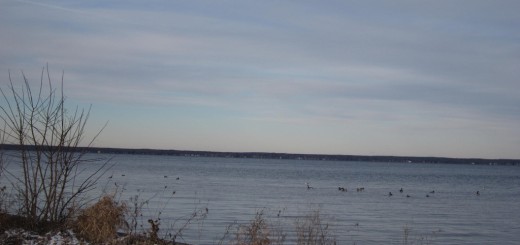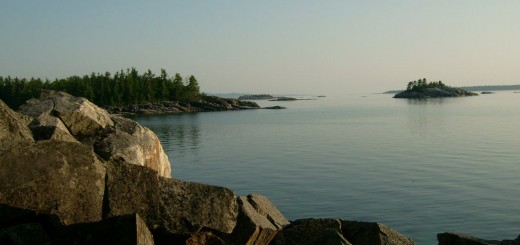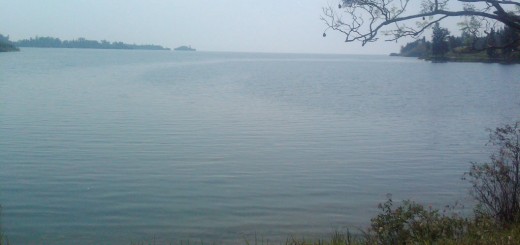Research Brief: Understanding the Impact of Lake Drying on Food Production in the Lake Urmia Basin
0Climbing air temperatures have led lakes across the world to dry, disrupting ecosystem services and environments. In the Lake Urmia Basin, disruptions have impacted global and regional food production in favor of supporting agriculture, livestock, food transport and other necessities that make production easier and more efficient with larger yields.
Unfortunately, land and water use in some regions ask too much of the systems they are relying on, leading to global declines in water storage as resources are abused. This overuse can lead to significant problems later on as drying lakes become dying lakes, at risk of total water loss. Ultimately, lake drying will shape how the world creates and distributes food, and in times of natural lake drying, global production must be aware of their influence on natural resources.
A 2022 study published in Nature focused on applying an integrated geoinformation approach to food production in regions impacted by drying lakes.1 The study focuses on Lake Urmia as the lake has been drying since 2000 and is a critical resource for local farmers and residents as well as global food production.
The goal of the study is to “inform the development and implementation of action plans that can, ultimately, contribute to preventing large-scale food crises and human suffering.”1 If successful, the proposed integrated geoinformation approach could support policies and regulations that mitigate the impacts of climatic changes on the fragile ecosystems of drying lakes.
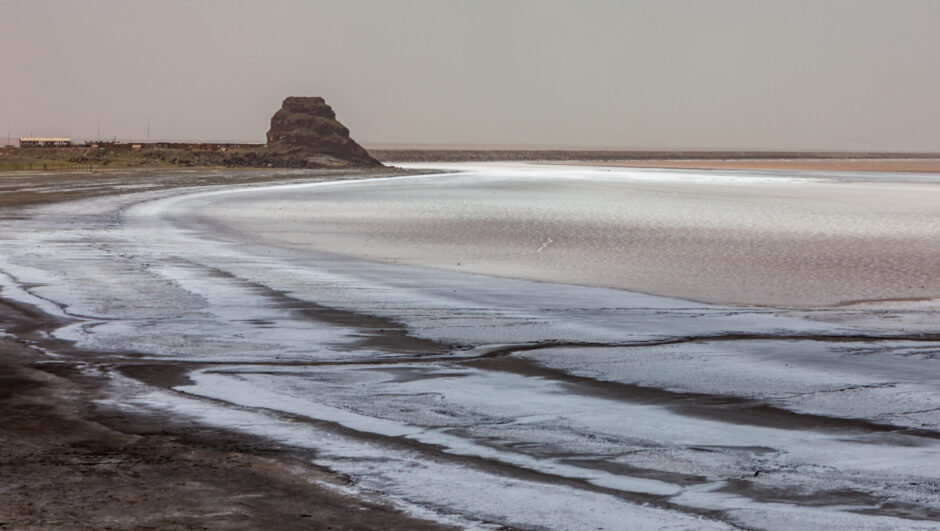
Lake Urmia, Iran (Credit: Ninara via Flickr CC BY 2.0)
Methods
Lake Urmia was chosen due to its former status as the world’s largest lake—however, water declines have caused the lake to slip down the ranks.2 The study investigated changes in climatic conditions, land use and land degradation from 1990 to 2020. It closely examined the environmental impacts of lake drought on food production through a scenarios-based geoinformation framework.
In order to assess the various environmental impacts of land use, the study deployed various techniques to assess climate change impacts, anthropogenic pressure, land degradation and groundwater salinization. Long-term trends of average annual precipitation and average annual temperature were both observed in order to identify trends in Lake Urmia.
Anthropogenic pressure revealed the impacts of rapid industrialization and increasing resource demands as the region developed. In the wake of both anthropogenic and climate change-induced pressures, land degradation and groundwater salinization have exacerbated environmental declines.
Land degradation was measured through satellite images, while groundwater salinization was measured through groundwater simulation that considered the use of groundwater in industrial and agricultural activities.
Results
Between 1990 and 2020, Lake Urmia lost 34.5% of its surface area, which has intensified environmental changes as well as disrupted ecosystem services. When considered along with the anthropogenic stressors, these losses imply that water extraction for drinking and agricultural- and industrial demands contribute to drying in Lake Urmia.
Overall, the results of the study reveal that lake drought has significantly impacted and reduced food production over the past three decades. Using the environmental data compiled from 1990 to 2020 to project future food production scenarios, the results reveal that food production will continue to decline for the next 30 years.
Source
- Feizizadeh, B., Lakes, T., Omarzadeh, D. et al. Scenario-based analysis of the impacts of lake drying on food production in the Lake Urmia Basin of Northern Iran. Sci Rep 12, 6237 (2022). https://doi.org/10.1038/s41598-022-10159-2
- Perkins, S. Te rise and fall of the world’s largest lake. Earth Oceanogr. https://doi.org/10.1126/science.abj8351 (2021).




